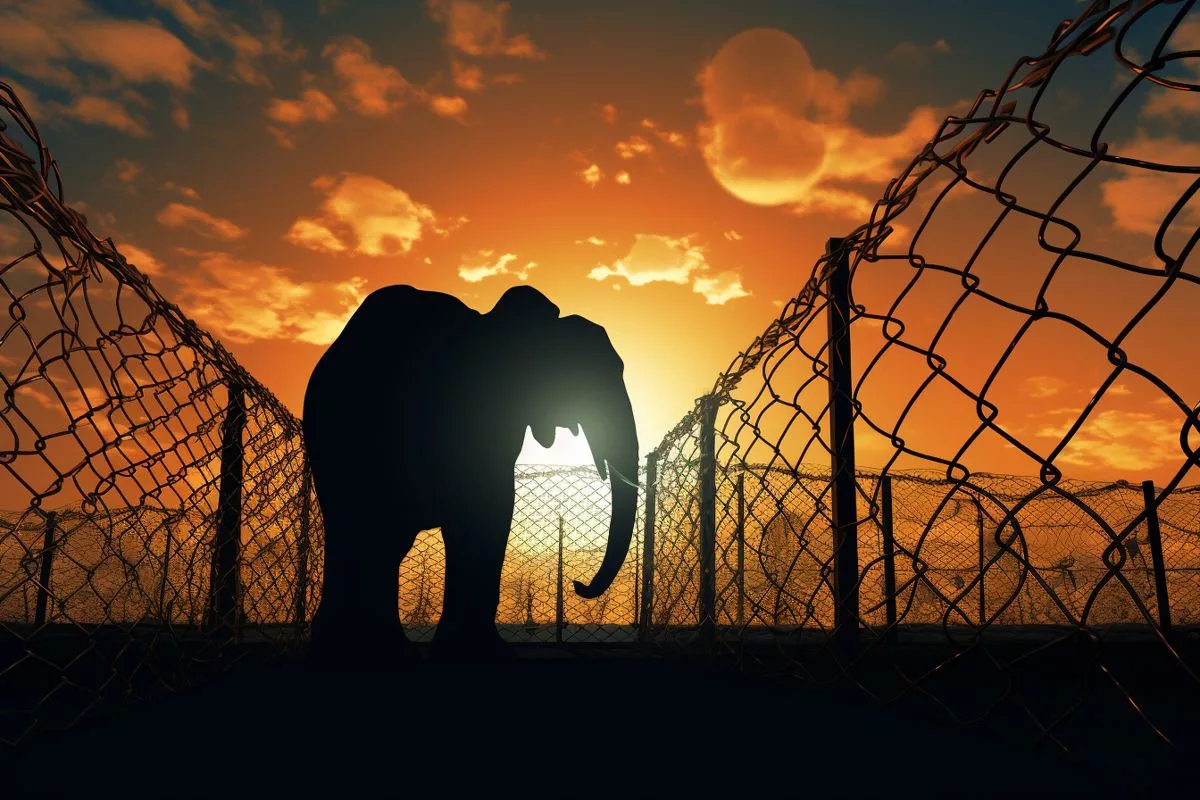The incident serves as a reminder of the potential dangers of hiking in the wilderness and the importance of safety precautions. The story highlights the collective efforts of the hiking community, the rescue teams, and law enforcement agencies, emphasizing the critical importance of safety precautions and readiness when stepping into the wilderness.
What happened during the Platteklip Gorge rescue mission?
The Wilderness Search and Rescue team was called to rescue a 17-year-old hiker who collapsed due to hypoglycaemia while hiking on the Platteklip Gorge trail on Table Mountain. The team quickly secured her onto a rescue stretcher and airlifted her to a nearby hospital. This incident serves as a reminder of the potential dangers of hiking in the wilderness and the importance of safety precautions.
Navigating steep slopes, conquering rough terrains, and traversing the boundless beauty of nature all embody the excitement of hiking. However, as the call of the wild intensifies and the adrenaline levels peak, the fine line between thrilling escapade and personal safety often becomes blurred. The Platteklip Gorge trail, set in the majestic landscape of Table Mountain, presents a striking example of this delicate equilibrium, having recently been the scene of a courageous rescue mission.
Emergency Scenario Unfolds
One particular Friday afternoon, the Wilderness Search and Rescue (WSAR), recognised for their unyielding dedication, were locked in a race against the clock on Tafelberg Road situated below Table Mountain. Their mission was to retrieve a 17-year-old hiker who had fallen victim to hypoglycaemia, causing her to collapse during her journey on the trail. A local family had embarked on their hiking expedition and were nearly two-thirds of the way up the route when the teenager began to falter and eventually collapsed.
The hiking community, noted for its strong sense of fellowship, didn’t stand by idly. Fellow hikers, who until then were unaware of the developing crisis, sprang into action without hesitation. The emergency services were quickly contacted, thus setting in motion a high-stakes rescue operation. The Western Cape Department of Health & Wellness EMS/Air Mercy Service (AMS) dispatched a team via a rescue helicopter, which rapidly arrived on site.
The Rescue Operation
The onboard paramedic quickly began to evaluate the situation. The hiker was found to be suffering from hypoglycaemia, a condition characterised by a severe drop in blood sugar levels. Grasping the seriousness of her condition, the team promptly secured her onto a rescue stretcher. With meticulous care and precision, the unconscious hiker was lifted into the helicopter, transported to a nearby landing zone, and promptly taken to the hospital.
However, such accounts are not merely isolated happenings. They serve as tangible reminders of the potential dangers and hazards that the wilderness can pose. David Nel, a spokesperson for WSAR, underscores the importance of hikers being aware of these risks, particularly during the current warm and dry conditions.
Safety Precautions and Measures
Initiating hikes early to evade the sweltering midday heat, ensuring adequate hydration by carrying twice the anticipated amount of water, and taking frequent breaks are all of utmost importance. The wilderness may appear inviting, but it necessitates thorough preparation. Suitable clothing, including a hat and closed shoes, applying sunscreen, and having a layer of warm clothing, are essential components of this preparation. Staying on designated trails and having the emergency number saved on mobile phones are safety precautions that should never be disregarded.
While WSAR expressed their gratitude to the City of Cape Town Traffic and Law Enforcement officers for their swift assistance, sincere wishes were extended for the young hiker’s quick recovery.
This story, although distressing, highlights the collective efforts of the hiking community, the rescue teams, and law enforcement agencies. It emphasizes the critical importance of safety precautions and readiness when stepping into the wilderness. As we venture into the outdoors, these cautionary tales serve to reinforce a simple, yet vital truth: nature is there to be explored, but always with caution.
What is hypoglycaemia and how can it be prevented during a hike?
Hypoglycaemia is a condition characterized by a severe drop in blood sugar levels that can cause dizziness, confusion, and in severe cases, loss of consciousness. It can be prevented during a hike by carrying energy-rich snacks and staying hydrated.
What are some safety measures hikers should take before embarking on a wilderness adventure?
Before embarking on a wilderness adventure, hikers should ensure they have adequate hydration and carry enough water, wear suitable clothing including a hat and closed shoes, apply sunscreen, and carry a layer of warm clothing. It is also important to stay on designated trails and have the emergency number saved on mobile phones.
What should hikers do in case of an emergency in the wilderness?
In case of an emergency in the wilderness, hikers should immediately contact the emergency services and provide their location. It is also important to stay calm and follow any instructions given by the rescue team.
How important is the role of the hiking community in an emergency rescue operation?
The hiking community plays a crucial role in an emergency rescue operation as they can provide assistance and help alert the rescue team. They can also offer support and comfort to those affected by the emergency.
Why is it important to be aware of the potential dangers of hiking in the wilderness?
It is important to be aware of the potential dangers of hiking in the wilderness to prevent accidents and emergencies. Knowing the risks and taking adequate safety measures can help hikers avoid dangerous situations.
How can hikers prepare for a safe wilderness adventure?
Hikers can prepare for a safe wilderness adventure by researching the trail, bringing adequate supplies including food, water, and first aid kit, wearing suitable clothing and footwear, and informing someone of their plans and expected return time. It is also important to check weather conditions and any potential hazards before embarking on the hike.












